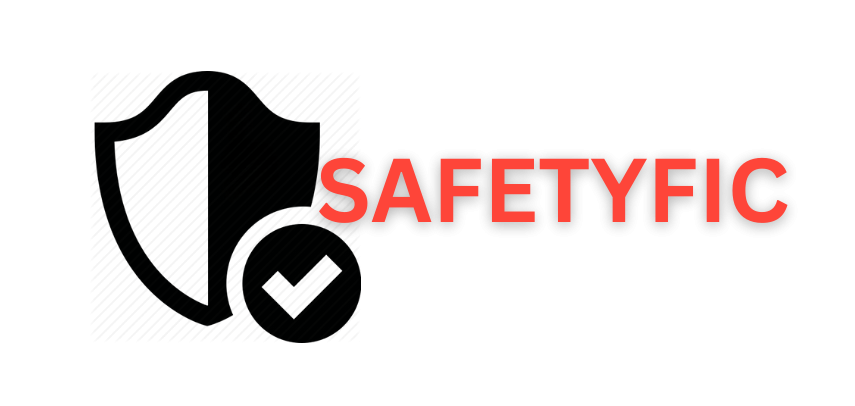Are you concerned about the safety of your home or workplace in case of fire? Regular inspections are one of the most effective ways to ensure fire safety.
Fire safety is critical to protecting lives, property, and the environment. One of the most effective ways to enhance fire safety is through regular inspections, which help identify potential risks and ensure fire prevention measures are fully functional. Inspectors can significantly reduce the likelihood of fire incidents by routinely assessing fire safety equipment, escape routes, and compliance with safety regulations.
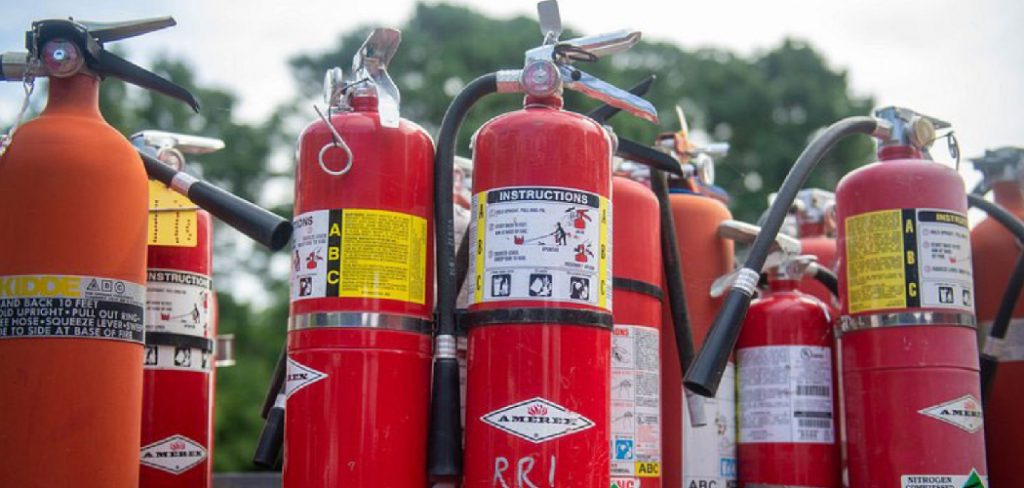
In this guide on how to improve fire safety through regular inspections, we will discuss the importance of inspections, what to expect during an inspection, and how to prepare for one.
What Are the Benefits of Regular Fire Safety Inspections?
- Prevention of Fire Incidents: Regular inspections can significantly reduce the likelihood of fire incidents by identifying potential risks and taking corrective actions.
- Compliance with Regulations: Many countries have strict regulations to ensure buildings meet specific fire safety standards. By conducting regular inspections, organizations can ensure compliance with these regulations and avoid penalties.
- Protection of Lives and Property: The most significant benefit of fire safety inspections is protecting lives and property. By identifying any issues early on, emergency response plans can be updated, and necessary precautions can be taken to prevent harm in case of a fire.
- Peace of Mind: Knowing that a building has undergone regular fire safety inspections can give occupants and visitors peace of mind. They can feel confident that the building is up to code and prepared for an emergency, making them feel safer.
- Prevent Costly Damage: Fire safety inspections can also prevent costly damage to property and equipment. Organizations can take preventative measures by identifying potential hazards, such as installing sprinkler systems or updating faulty wiring, before a fire occurs.
10 Easy Steps on How to Improve Fire Safety Through Regular Inspections
Step 1. Establish a Fire Safety Inspection Schedule:
Create a clear and consistent schedule for inspecting fire safety measures within your premises. Determine the frequency of inspections based on regulations, the size of your facility, and the nature of your operations. Regular inspections, whether weekly, monthly, or annually, ensure potential hazards are identified and mitigated promptly. Use a calendar or digital tool to set reminders and assign responsibilities to specific team members to maintain accountability and thoroughness. A structured schedule is the foundation of an effective fire safety program.
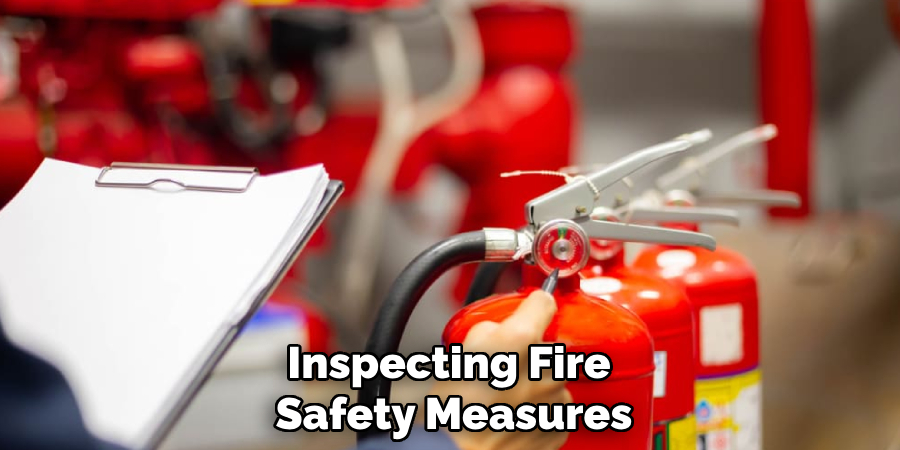
Step 2. Train Employees on Fire Safety Awareness:
Employee training is a critical component of an effective fire safety program. All team members should understand the risks associated with fire, how to prevent them, and the proper actions to take in the event of an emergency. Conduct regular fire safety training sessions that cover key topics such as the use of fire extinguishers, evacuation procedures, and identifying fire hazards in the workplace. Incorporating hands-on drills ensures that employees are familiar with emergency protocols and can respond quickly under pressure.
Additionally, refresher courses should be provided periodically to reinforce critical knowledge and help students adapt to fire safety procedures or equipment changes. A well-trained workforce minimizes fire-related risks and ensures everyone’s safety.
Step 3. Inspect Fire Extinguishers Regularly:
Regular inspection of fire extinguishers is crucial to ensure they remain functional and ready for use in an emergency. Schedule routine checks to verify that all extinguishers are easily accessible, damage-free, and positioned in their designated locations. Inspect the pressure gauge to confirm the extinguisher is fully charged and within the recommended pressure range. Additionally, ensure that the labels and operating instructions are clear and legible. Any signs of corrosion, leaks, or other defects should be addressed immediately, and faulty extinguishers should be replaced or serviced by a qualified professional.
Step 4. Test Fire Alarm Systems:
Testing fire alarm systems is essential to maintaining workplace safety. Begin by consulting the manufacturer’s instructions or the system’s user manual to ensure proper testing procedures are followed. Check all smoke detectors, heat detectors, and manual pull stations to confirm they are functioning correctly. Activate the alarms to verify that the audio and visual alerts operate as intended. Additionally, inspect the control panel for any error codes or malfunctions that may require service. Document the test results, and schedule maintenance or repairs for any components that fail to meet operational standards.
Step 5. Examine Emergency Exits:
Inspect all emergency exits to ensure they are clear, accessible, and properly marked. Verify that exit doors open easily without obstruction and that exit signs are illuminated and visible from a distance. Check for any damage to the doors or signage and confirm that emergency lighting is operational in case of a power outage.

Step 6. Evaluate Sprinkler Systems:
Inspect the sprinkler system to ensure it is fully operational and meets safety standards. Check for any visible signs of damage, such as leaks, corrosion, or clogged sprinkler heads. Verify that the water supply to the system is adequate and that control valves remain open. Test alarms and sensors connected to the sprinkler system to confirm they activate correctly during a test scenario. Ensure maintenance records are up-to-date, and schedule routine inspections to address potential issues proactively. Proper evaluation and upkeep of the sprinkler system are essential in ensuring effective fire suppression and overall safety.
Step 7. Check Electrical Systems:
Ensure that all electrical systems related to safety and functionality are inspected thoroughly. Begin by examining circuit breakers, wiring, and connections to confirm no signs of wear, overheating, or damage. Test emergency lighting and backup power systems to ensure they activate reliably during a power outage. Verify that electrical panels are appropriately labeled and easily accessible in an emergency. Consult an electrician if any irregularities or potential hazards are identified.
Step 8. Store Flammable Materials Safely:
Proper storage of flammable materials is essential to minimize fire hazards and ensure workplace safety. Always store flammable liquids, gases, or chemicals in approved, clearly labeled containers designed for such materials. Keep these containers in a well-ventilated, designated storage area away from ignition sources, heat, or direct sunlight. Additionally, ensure that storage areas are equipped with fire extinguishers and other appropriate fire suppression tools in an emergency. Regularly inspect and maintain the storage area to prevent leaks, spills, or the accumulation of combustible vapors.
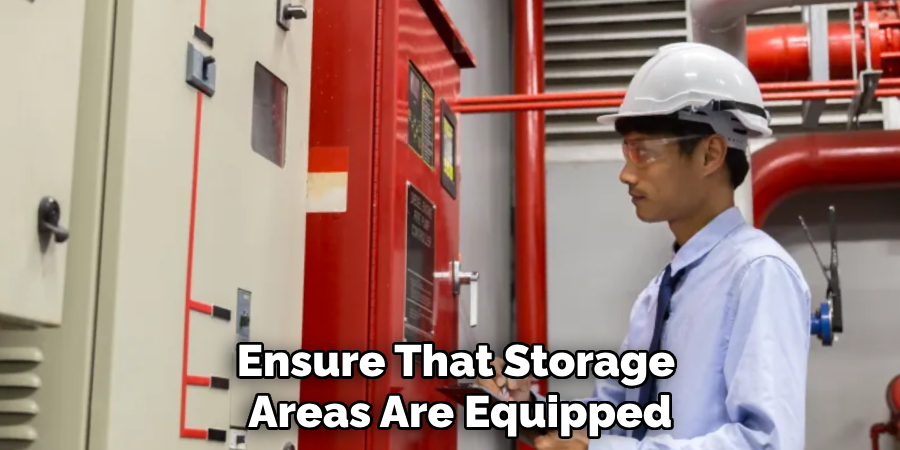
Step 9. Review Emergency Plans:
Regularly reviewing emergency plans is essential to ensure the safety and preparedness of all personnel. Start by assessing the current emergency response procedures and identifying gaps or outdated information. Conduct training sessions and drills to familiarize employees with the protocols, helping them respond effectively during emergencies. Keep emergency contact lists and evacuation routes updated, and make sure they are easily accessible. Additionally, feedback from previous drills or incidents should be incorporated to improve the plan continuously.
Step 10. Document Inspections and Actions Taken:
Maintain a detailed log of all inspections, findings, and corrective actions to address any identified issues. This documentation should include the date of inspections, names of inspectors, observations, and any steps implemented to resolve problems. Ensure records are stored securely and made accessible for audits or future reference. Regularly review and update these logs to ensure they accurately reflect the current status of the emergency procedures and safety measures. Proper documentation provides accountability and helps track progress in maintaining a safe and prepared environment.
By following these guidelines, you can ensure that your organization remains compliant with safety regulations and is well-prepared for potential emergencies.
5 Things You Should Avoid
- Neglecting to Schedule Regular Inspections
Skipping or delaying fire safety inspections can lead to unidentified hazards and overlooked maintenance needs. Consistency is key to maintaining a safe environment.
- Ignoring Minor Issues
Minor issues, such as damaged fire extinguishers or malfunctioning alarms, can escalate into significant problems during an emergency. Always address these concerns promptly.
- Failing to Train Staff
Even with regular inspections, an untrained team can hinder fire safety. Ensure that all staff understand evacuation procedures and how to use fire safety equipment.
- Overlooking Equipment Maintenance
Fire safety equipment, such as sprinklers, alarms, and extinguishers, requires regular upkeep. Neglecting maintenance can render these systems ineffective when needed the most.
- Not Keeping Accurate Records
Failing to document inspections and maintenance checks can lead to non-compliance with regulations and a lack of accountability. Always maintain detailed and updated records to track progress and ensure readiness.
By avoiding these common mistakes and taking proactive measures to improve fire safety,
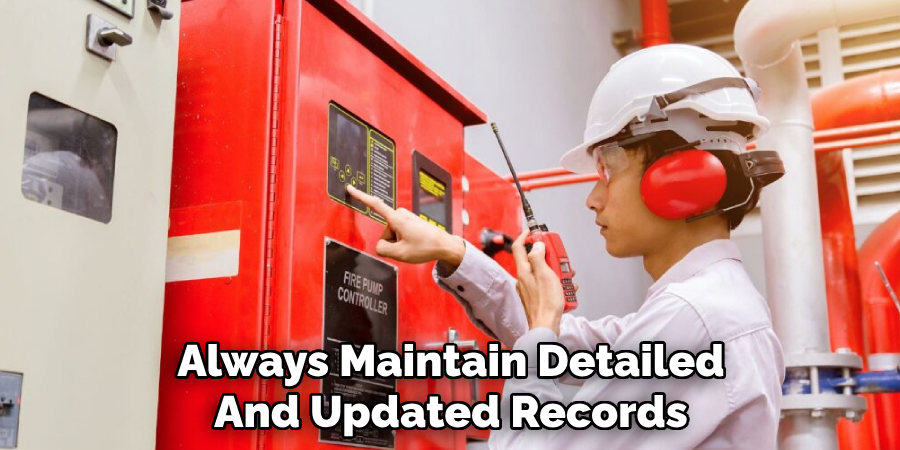
Conclusion
Regular inspections play a pivotal role in safeguarding lives and property. They help identify potential hazards, ensure compliance with safety regulations, and maintain the functionality of fire safety systems.
Organizations can significantly reduce the risk of fire-related incidents by adhering to a consistent inspection schedule, keeping accurate records, and addressing issues promptly. Prioritizing regular inspections is not just a matter of compliance but a critical step toward creating a safer environment for everyone.
Hopefully, this guide on how to improve fire safety through regular inspections has provided valuable insights and actionable steps for organizations to implement in their fire safety protocols.
About
Safety Fic is a distinguished figure in the world of Diy design, with a decade of expertise creating innovative and sustainable Diy solutions. His professional focus lies in merging traditional craftsmanship with modern manufacturing techniques, fostering designs that are both practical and environmentally conscious. As the author of diy, Safety Fic delves into the art and science of Safety Fic-making, inspiring artisans and industry professionals alike.
Education RMIT University
(Melbourne, Australia) Associate Degree in Design (Safety Fic) Focus on sustainable design, industry-driven projects, and practical craftsmanship. Gained hands-on experience with traditional and digital manufacturing tools, such as CAD and CNC software.
Nottingham Trent University
(United Kingdom) Bachelor’s in diyfastly.com and Product Design (Honors) Specialized in product design with a focus on blending creativity with production techniques. Participated in industry projects, working with companies like John Lewis and Vitsoe to gain real-world insights.
Publications and Impact
In diy, Safety Fic his insights on indoor design processes, materials, and strategies for efficient production. His writing bridges the gap between artisan knowledge and modern industry needs, making it a must-read for both budding designers and seasoned professionals.
